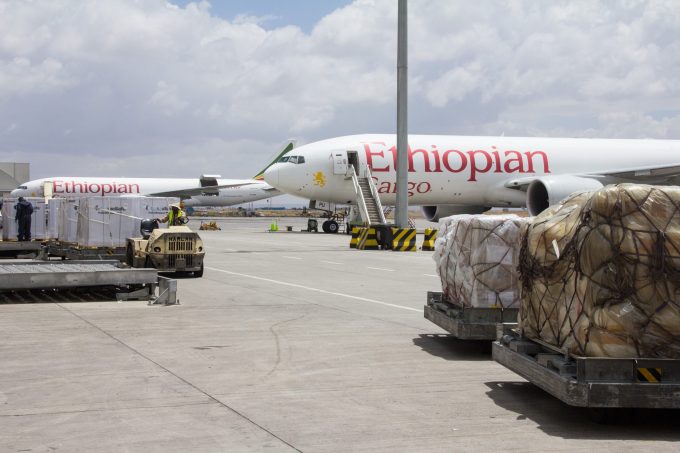IATA fights back as India hits major foreign airlines with tax evasion allegations
Foreign airlines operating out of India are in the crosshairs of its regulatory authorities over ...

The Africa to Asia trade route has experienced a significant boost in cargo demand recently, but concerns have arisen over potential logistical problems caused by conflict in Sudan.
In April, IATA data showed Africa as the only positive performer as global air cargo demand declined and, notably, cargo on the Africa to Asia tradelane was up 20% year on year.
“Our monthly statistics show there is sufficient capacity to support the increasing air cargo demand in recent months,” said Bojan Wang, an ...
Semiconductors could compensate for air freight's lost ecommerce traffic
'It’s healthy competition' Maersk tells forwarders bidding for same business
Transpacific sees first major MSC blanks as rates fall and volumes falter
'Weakened' Maersk paying a heavy price for its lack of fleet growth
US shippers slam USTR port fee plan – 'an apocalypse for trade'
Opposition builds for final hearing on US plan to tax Chinese box ship calls
Despite sourcing shifts, 'don't write-off China', says CMA CGM CCO
Calling all shippers!
Please give us a minute of your time to answer the following questions:

Comment on this article